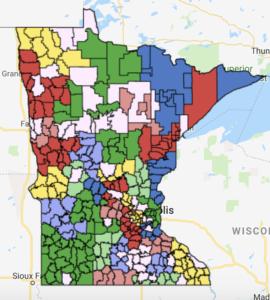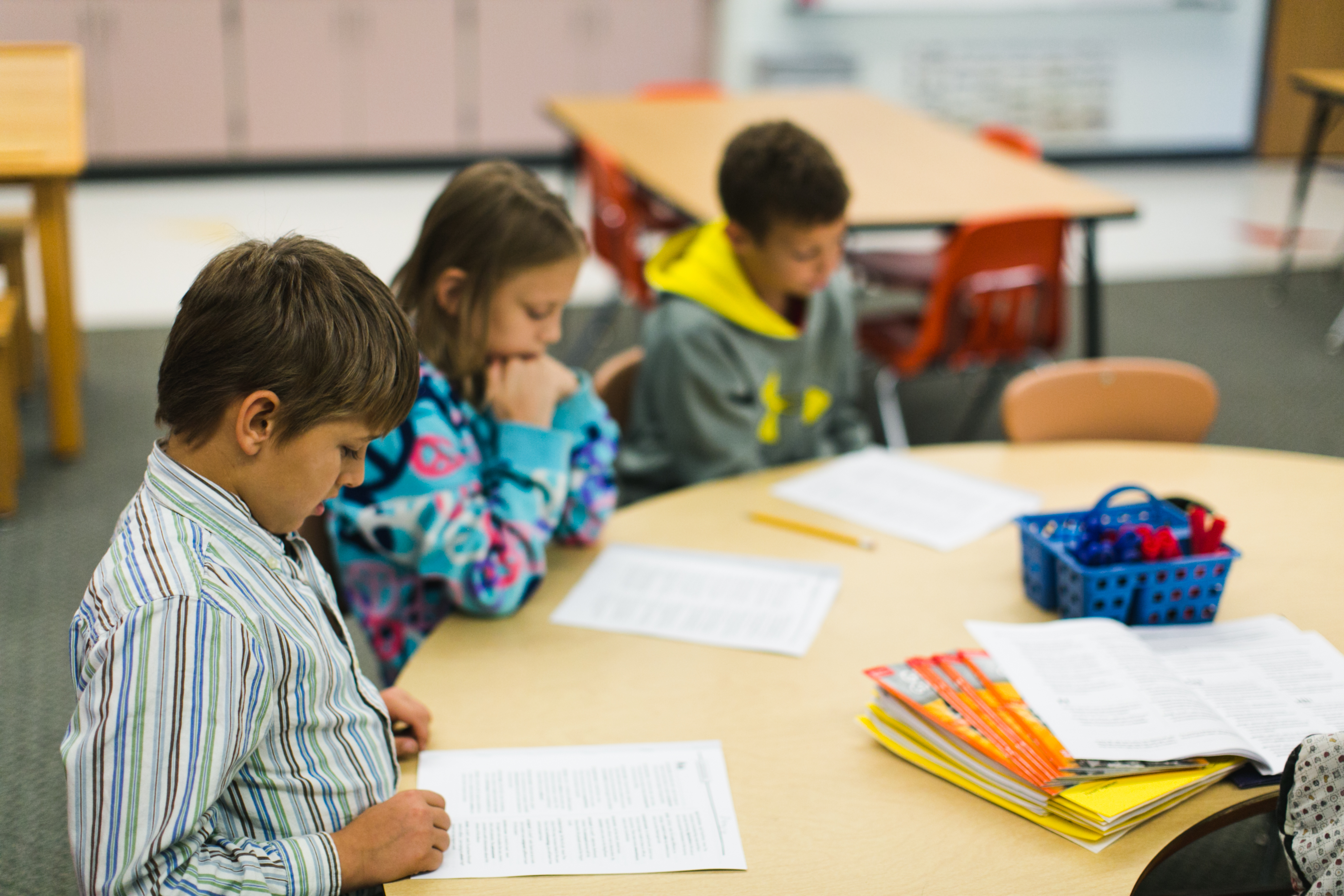 Schools lack space for high-need students. Greater Minnesota school districts rely on cooperatives to help provide specialized instructional programs and facilities for high-need students.
Schools lack space for high-need students. Greater Minnesota school districts rely on cooperatives to help provide specialized instructional programs and facilities for high-need students.
Together they face an unprecedented growth in these students and lack both appropriate spaces and the financing tools to give Greater Minnesota access to similar well-designed, appropriate learning spaces available for metro students. View map of cooperatives.
Metro-Rural District Gap In Tools
| 7-County Metro Area | Greater Minnesota | |
| Median Regular Lease Levy | $71.69 | $7.35 |
| Median Intermediate Lease Levy | $11.36 | $0 (Not Able) |
| Median Total Lease Levy | $88.60 | $7.35 |
| Districts with Zero Lease Levy | 0 | 119 |
“ Within 4 years, our Level IV Special Education program needs tripled. Not only did the student numbers increase rapidly, but the severity of student needs also dramatically increased,” said Stephanie Schmitz, Southern Plains Alternative Programs Administrator. “Considerable renovation is needed at considerable cost to make any currently available building appropriate and equitable when comparing our students to their non-disabled peers.”
Within 4 years, our Level IV Special Education program needs tripled. Not only did the student numbers increase rapidly, but the severity of student needs also dramatically increased,” said Stephanie Schmitz, Southern Plains Alternative Programs Administrator. “Considerable renovation is needed at considerable cost to make any currently available building appropriate and equitable when comparing our students to their non-disabled peers.”
What’s Needed
Rural school districts need financing tools that are available to members of the metro Intermediate Districts and increased flexibility with existing revenue streams. Key legislative actions include:
-
Allow districts to use lease levy for cooperative facilities even if they once owned the facility.
-
Allow Long-Term Facility Maintenance (LTFM) to be used to enhance leased facilities from public and private owners.
-
Provide Greater Minnesota school district members of cooperatives the authority to levy up to $65 per pupil for cooperative facilities, the same as district members of Metro Intermediates.
-
Allow districts to form joint powers boards to bond for improvements and new facilities.





